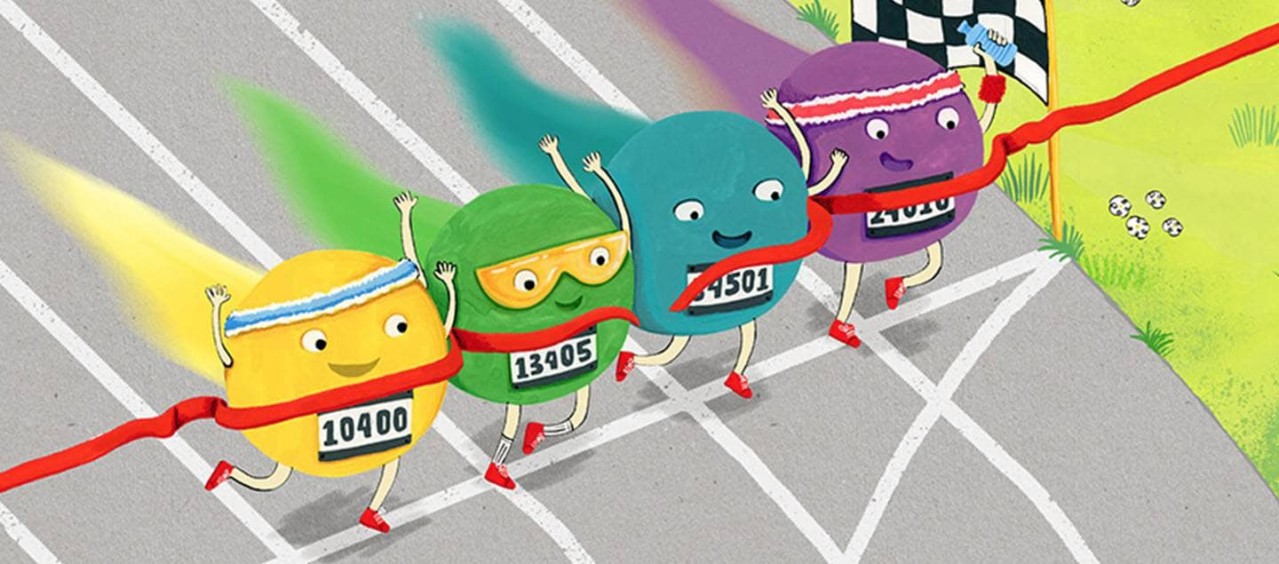Surely reds run more than any other colour, right? Well… it’s not as simple as that. It’s really about the quality of the dye and the way your garment was dyed – not the colour of the dye that was used. This article explains all you need to know about they way clothes are dyed, preventing colour run and how to remove colour run – so you don’t need to panic next time you have a colour catastrophe.
Why Does Colour Run in the Wash?
There are many different dyes (natural and man-made), dyeing techniques and fabrics around these days, but for the dye to stay on the fabric rather than sharing its beautiful hues with everything else in your wash, the colour pigments in the dye need a ‘fixer’ or ‘mordant’ to bind them to the fabric.
So for example, a common method of dyeing fabric is called ‘salting out’. This method involves adding salt to the water, which encourages the dye into the fabric. However if the dye isn’t also fixed to your fabric using a fixer or mordant, when you come to wash your clothes the dye may just run straight back out into the soapy water.
The clothes least likely to run are those made of synthetic fabrics where the colour was added at the melt stage when the fibres themselves were being created. Those colours aren’t going anywhere.
How to Prevent Colour Run
Hot water tends to encourage colours to run by opening up the fibres so dye can escape; therefore a cool or cold wash is best to prevent colour run in the wash. And, as all our detergents are designed for great cleaning even at low temperatures, you don’t need to worry about this affecting your washing results. (Plus, by washing at a lower temperature, you save energy at the same time.) It’s not just new clothes that run.
There is the chance that a fixer could wear off after repeated washing, so it’s always a good idea to wash similar colours together to avoid any nasty shocks. And don’t leave wet washing in a pile or sitting in the machine for too long as it gives it time for colour from one damp garment to leech onto the one next to it.
Why No Colour Runs in the Wash More Than Another
If everything is dyed to the highest standards, with the colour bonded to the fibres of the fabric with a high quality fixer, there is no reason why any colour should run more than any other. If this doesn’t match your experience of the tiniest red sock or pair of pants dyeing everything else pink, or your new jeans turning the water indigo, this is because different methods of dyeing work better for different colours and fabrics.
For example, deep reds have a chemical construction that does make them harder to fix. So if a dyeing process isn’t quite up to scratch, it’ll be the red fabrics that run first. But it’s not impossible to fix red dyes, so that doesn’t mean your daughter’s fabulous new party dress will automatically run.
Whether colours run in the wash all depends on how well the garment was dyed. And indigo, the dye used for our jeans, is actually intended to fade, although washing jeans inside out will keep them darker for longer (and help protect anything else in the wash).
The Colourfastness Test
If in doubt about how colourfast a new garment is – that is, whether the colour is likely to stay on the fabric when it goes in the wash – you should try our colourfast test on an inconspicuous part of the item (the back of a hem or an inside seam for example) before you wash it.
First dampen a small patch, place something absorbent like a white cotton handkerchief or piece of kitchen paper on top, then iron it. If the handkerchief or paper soaks up the colour, then your garment is not colourfast.
How to Get Colour Run Out of Clothes
Like any stain, a colour run is best treated if caught as soon as possible – while it’s still wet. Rewash the stained item on its own with Persil small & mighty to rinse out the unwanted dye. And if you do find yourself with a dye disaster, make sure you thoroughly rinse out your washing tub or run an empty wash through your machine to clean it out so that you don’t contaminate the next load.
So next time you hesitate to buy that patterned top your daughter would adore, or worry about a red and white striped scarf ending up as a pinkish one, remember that no colour is necessarily a worse colour-run culprit than another.
Any garment that’s been dyed properly and washed with care is your laundry basket’s friend.
For more expert advice on colour running, see our advice page for information about doing a colour-fastness test.


